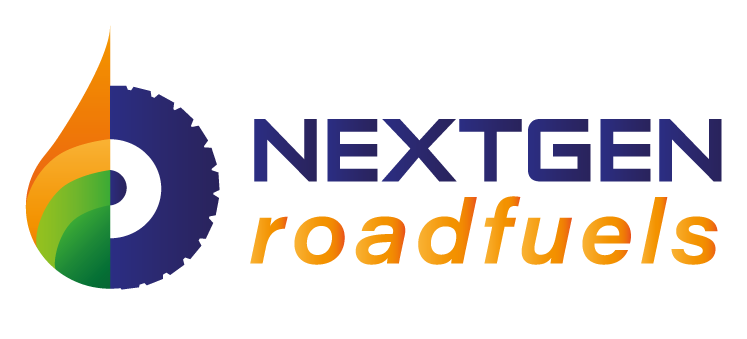Abstract:
Hydrothermal liquefaction (HTL) can thermochemically transform sewage sludge into a biocrude with high energy content, high chemical complexity, and high O and N content. The development of an efficient upgrading process for such complex feedstocks necessitates detailed knowledge of the molecular composition and the specific heteroatom-containing compounds to understand and optimize the hydrotreating reactions. In this study, we present the upgrading of sewage sludge-derived HTL biocrude via a two-stage hydrotreatment process and perform advanced chemical characterization of the feedstock, intermediate, and final upgraded products with gas chromatography–mass spectrometry (GC–MS) and Fourier transform ion cyclotron resonance mass spectrometry (FTICR–MS). We show that hydrotreatment significantly improves the quality of the oil, primarily succeeding in cracking the heavy molecules and removing the sulfur- and oxygen-containing components. FTICR–MS analysis shows that the HTL biocrude has a high concentration of fatty acid amides that readily lose their oxygen and nitrogen during hydrotreating and are converted into saturated hydrocarbons, whereas the aromatic OxNy compounds are converted into N1 and N2 classes, which are more resistant to hydrotreating. We also demonstrate that the upgraded HTL oil can be successfully blended with intermediate refinery streams, such as vacuum gas oil (VGO), for further co-processing to in-spec fuels in conventional processes. This provides an alternative route to introduce renewable carbon in existing fossil-based refineries.
Authors
Eleni Heracleous, Michalis Vassou, Angelos A. Lappas, Julie Katerine Rodriguez, Stefano Chiaberge, and Daniele Bianchi
The full paper can be found here.
